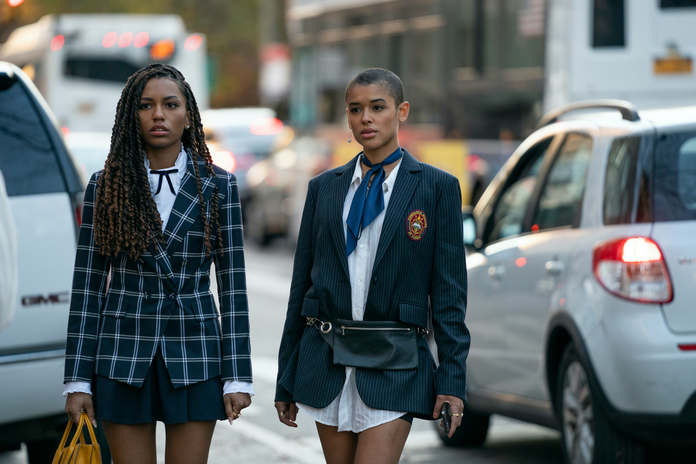If you’re on TikTok or know any girl in a sorority, you’ve likely heard of “RushTok.” Potential new members share their “get ready with me” videos and journeys as they take on the often formidable sorority rush process to gain a coveted spot in their school’s top houses, while girls already in a house film trending dances and dress in themes to advertise their sorority.
One theme that many — especially the SEC schools — embraced was an “Ivy League” theme, which saw girls dressing in preppy sweaters, polo shirts, tennis skirts, and jewelry, embracing the so-called aesthetic of these institutions.
As a student at Brown University, I found myself laughing at these takes on the Ivy League with my friends. Walking to classes I see so many students dressed in all aesthetics and embracing their individuality proudly. I love going to a school that celebrates diverse interests and forms of expression. These girls’ take on what an Ivy League aesthetic was looked like they were dressing for a tennis-themed event or a work social. But at the same time, I found it both fascinating and very telling on the public perception of an Ivy League student is — rich, preppy, and privileged. Unfortunately, these assumptions are not based in fiction.
Ivy League institutions do favor the affluent, and far beyond the typical legacy spot-buying lore. Despite need-blind applications and sometimes generous financial aid at these schools, the student body skews heavily towards the rich. An Opportunity Insights study that assessed the Ivy League and Ivy-equivalent schools (Stanford, MIT, Duke, University of Chicago) found that children from families in the top 1% financially are more than twice as likely to attend these institutions — an advantage not found in the top public schools in the nation. A 2017 study focusing specifically on Brown found the median family income was $204,200, with 70% of students falling into the top 20% of earners. In short, these institutions, be it intentional or not, favor the wealthy population.
This light-hearted theme in sorority rush across schools highlights a larger issue of financial inequality among these elite institutions. Ivy Leagues need to do better at increasing accessibility for those of all socioeconomic backgrounds, and ensure all students have a fair chance at acceptance.


